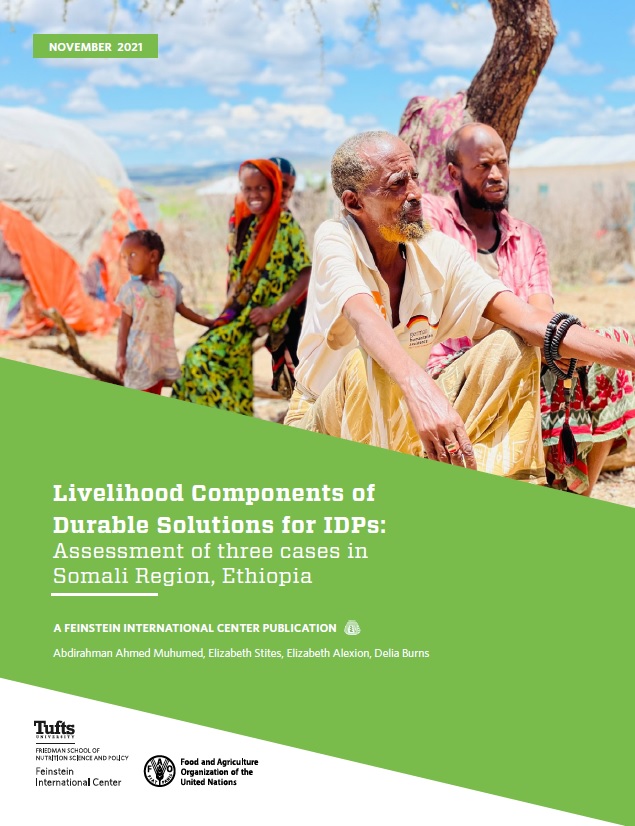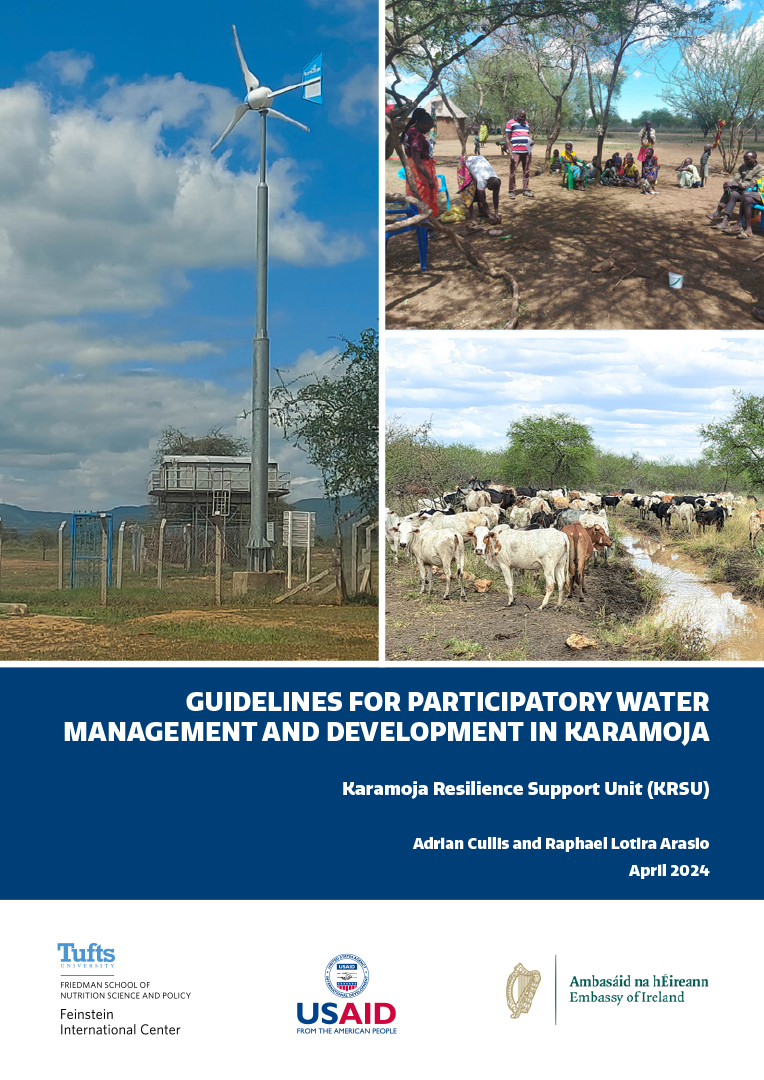In early 2021, the Somali Region hosted 844,642 IDPs, almost entirely Somali in ethnicity. Conflict and climate shocks have been the primary drivers of this displacement. Due to livelihood loss and on-going conflicts, many of the displaced cannot return to their places of origin. This assessment examines three ways in which national and international actors have sought to implement long-term, “durable,” solutions to internal displacement in Ethiopia’s Somali Region: resettlement, relocation, and local integration.
Each example of a durable solution (resettlement, relocation, and local integration) assessed in this report can be considered partially successful in relation to livelihood aspects. The most promising aspects are the extent of local assistance provided to the displaced and the positive relations between displaced people and host communities. On-going challenges and obstacles to long-term durability include limited access to key livelihood inputs, especially land; strain upon shared resources and services; the poverty of the host communities, making long-term support to the displaced unlikely; limited financial resources; inadequate planning and sharing of information with involved parties; and lack of appropriate policies to ensure conflict mitigation, drought mitigation, and support to existing and alternative livelihoods.
A policy brief and a literature review accompany this assessment.
This assessment is part of the Ethiopia Durable Solutions Initiative (DSI), an effort by the Ethiopian government, United Nations agencies, and non-governmental organizations to find long-term solutions to internal displacement. This assessment was funded by the Food and Agriculture Organization (FAO) of the United Nations. Fieldwork using qualitative methods was conducted from April through June 2021.







